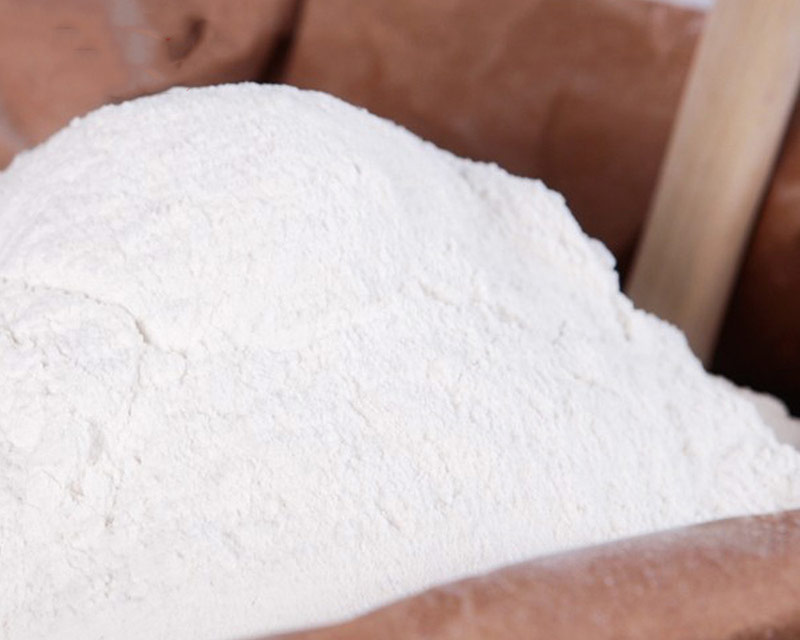K-(meat substitute)

1. Product description:
This series of products are compounded of konjac gum and other hydrophilic colloids. It can combine with water to form vegetarian meat pulp, which can be combined perfectly with raw meat, increasing the taste. Compound thickener K can be used as a substitute for raw meat, and it can also reduce the cost of products. This series of products can be turned into gel when heated, it has a unique heat irreversible characteristic.
2. Scope of application: various kinds of sausages, sandwich ham, various kinds of high and middle class meat balls of hot pot materials and other processed meat products.
3. Function:
Increase the whiteness of the product.
Improve water retention ability
Thermally irreversible and cost-effective.
4. Dosage: prepare the preformed gel firstly, then add it to the product, the amount of preformed gel is 10-15 % (total raw material volume).
5. Use method: It can be added in the process of chopping, rolling or mixing. To fully play the role of the system, fully mixing is necessary.
6. Specifications:
| Item | Type | ||||||
| KT series | KF series | ||||||
| KT050 | KT060 | KT070 | KF02 | KF03 | KF04 | ||
| Physical index | Physical characteristics | Powder form | |||||
| Color | Like white or light yellow | ||||||
| Loss on drying(105°C, four hours, %) | ≤12.0 | ||||||
|
Heavy metal index | Lead(mg/kg) | ≤2 | |||||
| Arsenic(mg/kg) | ≤2 | ||||||
| Heavy metal(calculation oflead,mg/kg) | ≤20 | ||||||
|
Microbiological index | Salmonella spp. /25g | Negative | |||||
| Total plate count(cfu/g) | ≤5000 | ||||||
| Escherichia Coli/5g | Negative | ||||||
| Yeast and moulds(cfu/g) | ≤500 | ||||||
7.Storage conditions: Temperatures below 25℃, relative humidity lower than 75%, and an odor-free environment.
8. Shelf life: in the above storage conditions, 24 months with package intact.
9. Packing: paper-plastic compound bag with net weight of 25kg, or in accordance with customer’s requirements.
10. Laws and regulations: this product implements the national standard GB 26687-2011, conforms to the GB 2760-2014 standard for the use of food additives. And it complies with the provisions of the United Nations food and agriculture organization (FAO)/world health organization(WHO), the European community (EU) and the regulations on consumption of chemicals.